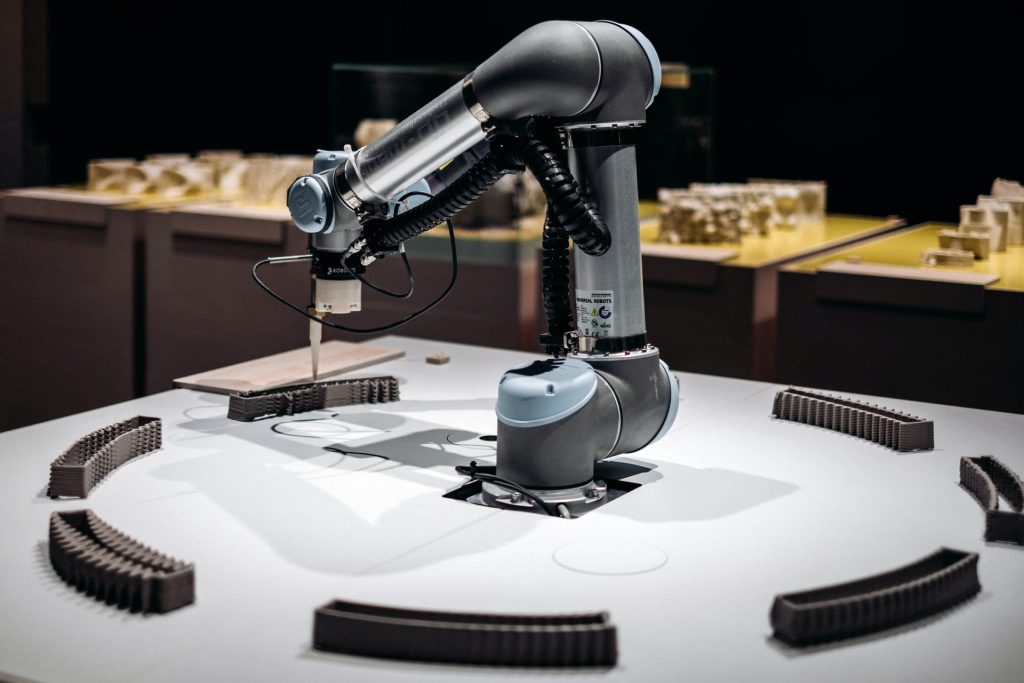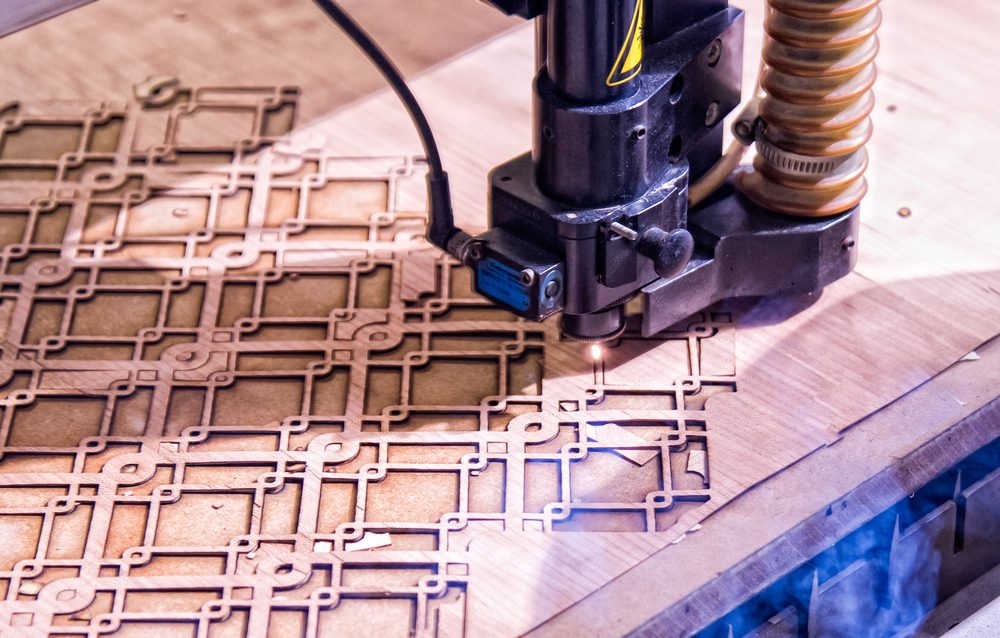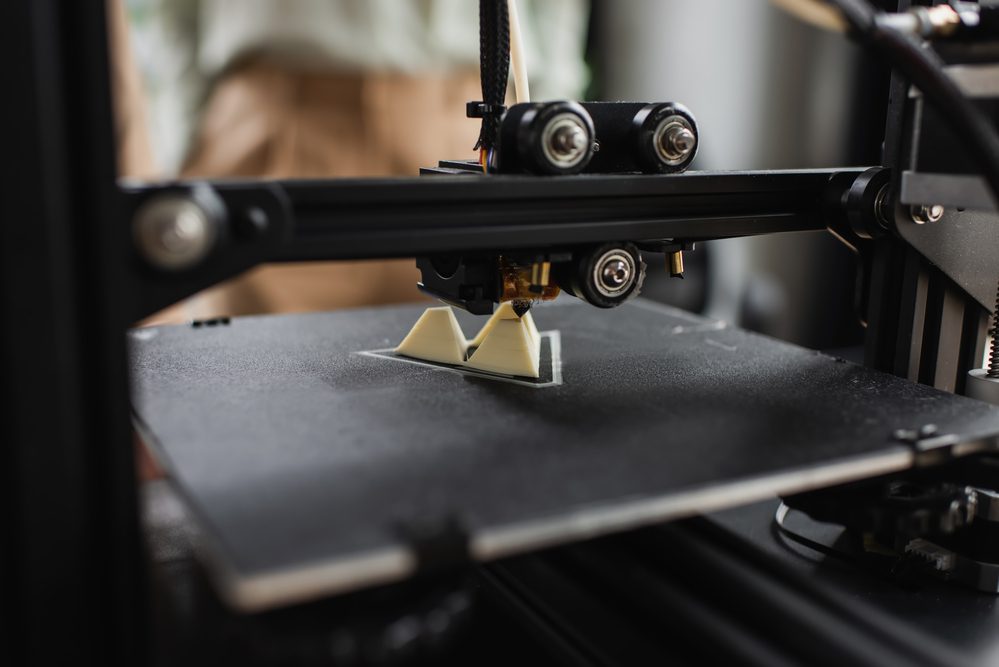Table of Contents:
3D printing is mainly associated with the production of small models with dimensions not exceeding several centimetres. Therefore, it is quite difficult to imagine manufacturing large objects of everyday use in this way – e.g. fully functional furniture. However, it turns out that nowadays – in the era of the FFF/FDM technology expansion – 3D printers can be successfully used to create fully useful parts of interior design, and even complete furniture, requiring no additional processing. In our article, we discuss the most important practical issues related to both the undoubted advantages and some significant limitations of 3D printing in furniture applications.
Advantages of 3D furniture printing
The same benefits can be pointed out for 3D printed furniture as for any other object produced incrementally by FFF/FDM. One of these, of course, is the wealth of materials available, as well as the variety of colours of the filaments.

When printing large objects (e.g., entire chairs or larger shelves with unusual shapes), it is worth using relatively cheap and popular materials – such as ABS, PET-G or PLA. Smaller construction details – e.g. connectors, supports or handles – should be produced from materials of high mechanical strength – such as, for example, ASA – a filament which is very resistant to unfavourable environmental conditions and mechanically durable thermopolymer, which is perfect for printing elements of a smaller storage rack.
One of the most important advantages of 3D furniture printing is the ability to shape its form and aesthetics almost freely – in combination with a wide colour palette, this gives the opportunity to create impressive, unusual structures that will attract the attention of household members, company clients or guests.
Combination with other materials
Obviously, furniture from a 3D printer does not have to be made of only one type of material. Much more interesting effects can be obtained by combining printed elements with, for example, wooden boards (cut by hand or – better – by means of a CNC machine), additionally protected by colourless or coloured varnish. An interesting form can be obtained by combining 3D printing with laser engraving – the latter is perfect for decorating the surface of wood or even metal.

When creating larger structures, it is worth paying attention to the way in which elements carrying heavier loads are fixed – it is essential to remember that commercial furniture must always be designed with durability in mind, as too weak fixings or thin walls of load-bearing components may not be able to support the load (especially in the case of furniture such as chairs, benches or tables), which poses a potential health risk to users (and in the case of children, even their lives). That’s why it’s worth leaving the construction of large furniture to professionals, who will not only properly design the object based on years of experience in the industry, but also properly test the finished product for safety.
3D printing furniture… in your own home
These recommendations, however, do not mean that it is impossible to produce such models as 3D furniture or components for their assembly at home. On the contrary – even amateur FDM machine users can successfully produce small furniture elements for their own use. A good example would be a simple shelf for lavatory accessories, spices or small workshop components. To create it, all that is needed is an elongated piece of plywood or plexiglass, joined with two or three angle brackets, supporting the whole and providing the possibility of fastening it to the wall with screws or strong mounting tape.

Other examples include unusual, designer handles for cabinets and drawers or fanciful improvements (e.g. organisers), which can be fitted inside wardrobes or kitchen furniture – for such applications, wood-based filaments or materials with a metallic colour or glitter additive can help.

There’s nothing stopping you from using your 3D printer to create the fixings to assemble a simple small workshop bookcase or table using aluminium tubes – but you need to be mindful of durability issues and choose not only the right material, but also a way to fix the whole thing securely. It’s also important to remember that self-made furniture should not be used to store heavy or expensive items. It’s also advisable to use them out of reach of small children, for whom any unstable object placed above their heads can pose a considerable risk.
How useful was this post?
Click on a star to rate it!
Average rating 0 / 5. Vote count: 0
No votes so far! Be the first to rate this post.



















